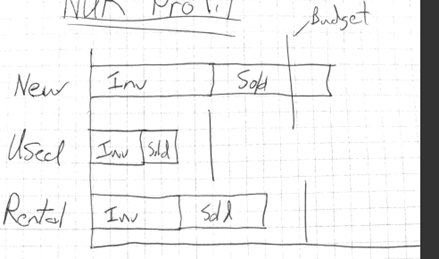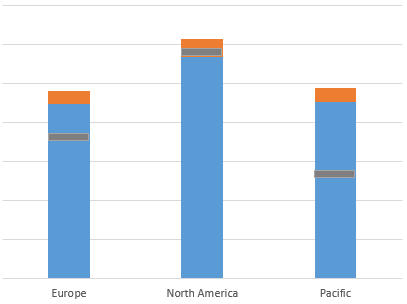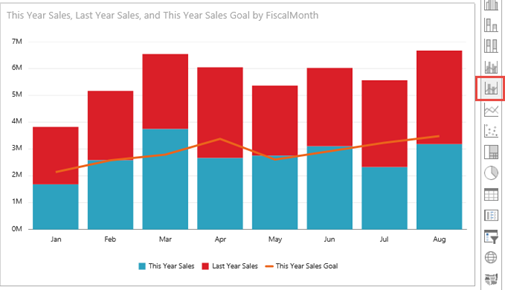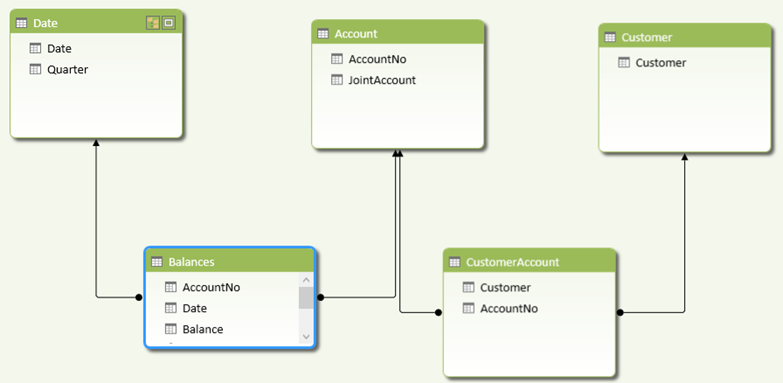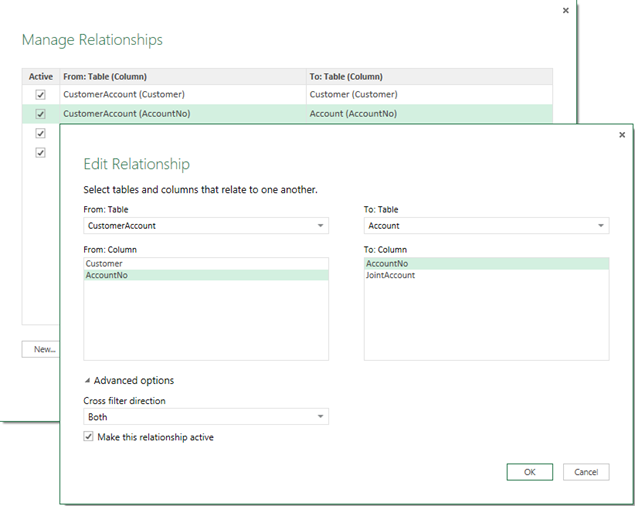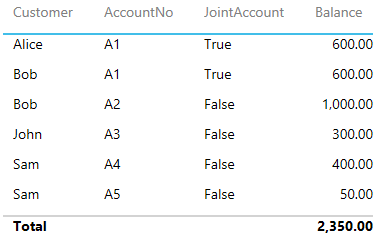Power BI Report Embedding on the Horizon
For years I’ve been harassing Microsoft to support embedding interactive reports connected to SSAS on custom apps. This feature has been sorely missing in the Microsoft BI stack. Yet, it’s a must-have feature that enables a wide range of integration scenarios, such as customer-facing reporting. Imagine your customers being able to ask natural questions for data exploration. This is a killer feature!
It looks like Power BI might finally bring some relief. I while back, I posted an Embedding Reporting feature wish on the Power BI discussion list. It now has 643 votes and it’s one of the most voted for features. Recently, when asked to provide feedback, I communicated to Microsoft how I envision report embedding to work:
- Developers must have the ability to embed reports/dashboards in applications. This should be conceptually similar to how they can do this now with ReportViewer. However, instead of an ASP.NET control, I’d imagine REST APIs with jQuery.
- The tricky part is security. It is paramount to be able to pass the user identity to on-premises SSAS models. Ideally, we don’t want to ask external users to register in Power BI. Instead, some kind of bulk licensing needs to be supported to allow requests to Power BI to go under a single trusted account but yet pass the user identity to SSAS.
- In a nutshell, the external user goes to the customer website and he’s authenticated using whatever authentication mechanism the app uses. Then, a call is made to Power BI to authenticate using a trusted account. When the user requests a report, the call must allow somehow passing the user identity. And, then this identity needs to flow to SSAS. Previously, to achieve this scenario and circumvent the SSAS limitation of supporting Windows security only, developers would add a CustomData connection string to the SSAS connection so that SSAS can use it for row-level security.
Recently, Lukasz Pawlowski (a Senior Product Manager formerly on the SSRS team and now heading the Power BI APIs) responded:
“Quick update here. While it’s not report embedding, we just announced a preview of an API to integrate dashboard tiles into applications. Read about it on the Power BI Developer blog”
So, it looks like the first wave of the embedding APIs has arrived. While it’s not what we need, I think we can expect full-featured embedding to arrive soon.

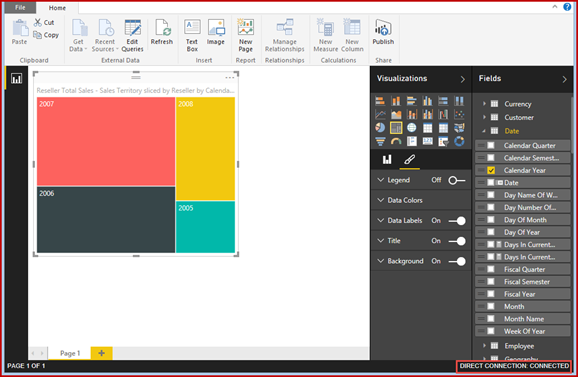
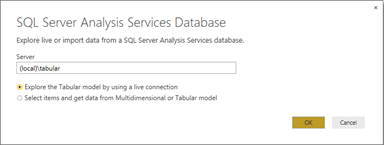
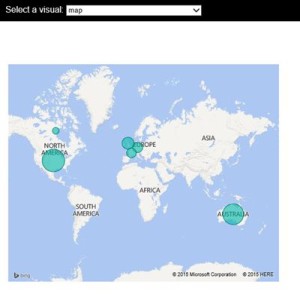 I think the Microsoft decision to make Power BI open will be a paradigm shift for the BI industry. Besides the Push API which are already published, Microsoft has already indicated plans to make Power BI even more open, such as to allow developers to embed reports in custom web applications. Now, if only Power BI supports on-prem installation …
I think the Microsoft decision to make Power BI open will be a paradigm shift for the BI industry. Besides the Push API which are already published, Microsoft has already indicated plans to make Power BI even more open, such as to allow developers to embed reports in custom web applications. Now, if only Power BI supports on-prem installation …